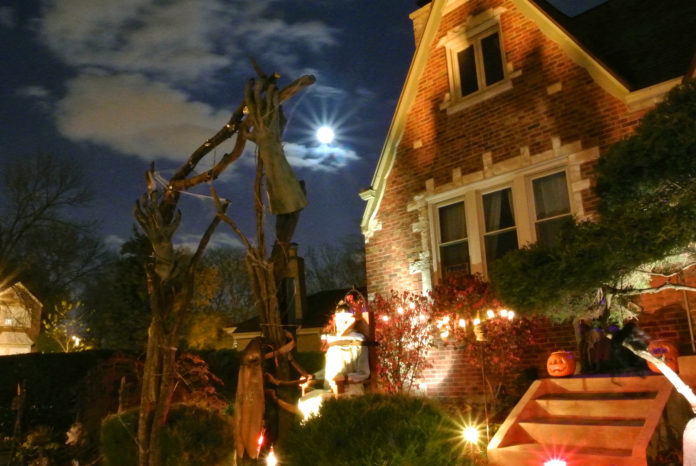Candy Safety:
• Don’t eat candy until it has been inspected at home.
• Trick-or-treaters should eat a snack before heading out, so they won’t be tempted to nibble on treats that haven’t been inspected.
• Tell children not to accept or eat anything that isn’t commercially wrapped.
• Parents of very young children should remove any choking hazards such as gum, peanuts, hard candies, or small toys.
• Inspect commercially wrapped treats for signs of tampering, such as an unusual appearance or discoloration, tiny pinholes, or tears in wrappers.
Costume Safety:
• Make sure it fits. Do a Halloween Runway Show with your kids – or even yourself – to make sure the costume offers full mobility and trim as needed.
• “Seeing” works both ways. While we’re on the subject of fitting the costume, consider how well the child can see inside the mask. Sometimes, a couple snips can clear out a larger range of vision. Consider how well your child can be seen at night in their costume. Make sure your child can be seen by motorists, haunted house owners, and other Trick-or-Treaters after dark.
• Consider the footwear. Many kids have been forced to turn back for home with far less than the annual candy quota because of pain or because they have tripped or fallen in their Halloween costume shoes.
Weather:
• Anticipate adverse weather conditions.
Final Thoughts:
• Avoid trick-or-treating alone. Walk in groups or with a trusted adult.
• Hold a flashlight while trick-or-treating to help you see and others see you.
• Look both ways before crossing the street. Use established crosswalks wherever possible.
• Only walk on sidewalks or on the far edge of the road facing traffic to stay safe.
• Eat only factory-wrapped treats. Avoid eating homemade treats unless you know the cook well.
• Enter homes only if you’re with a trusted adult. Otherwise, stay outside.
• Carry a cell phone.





